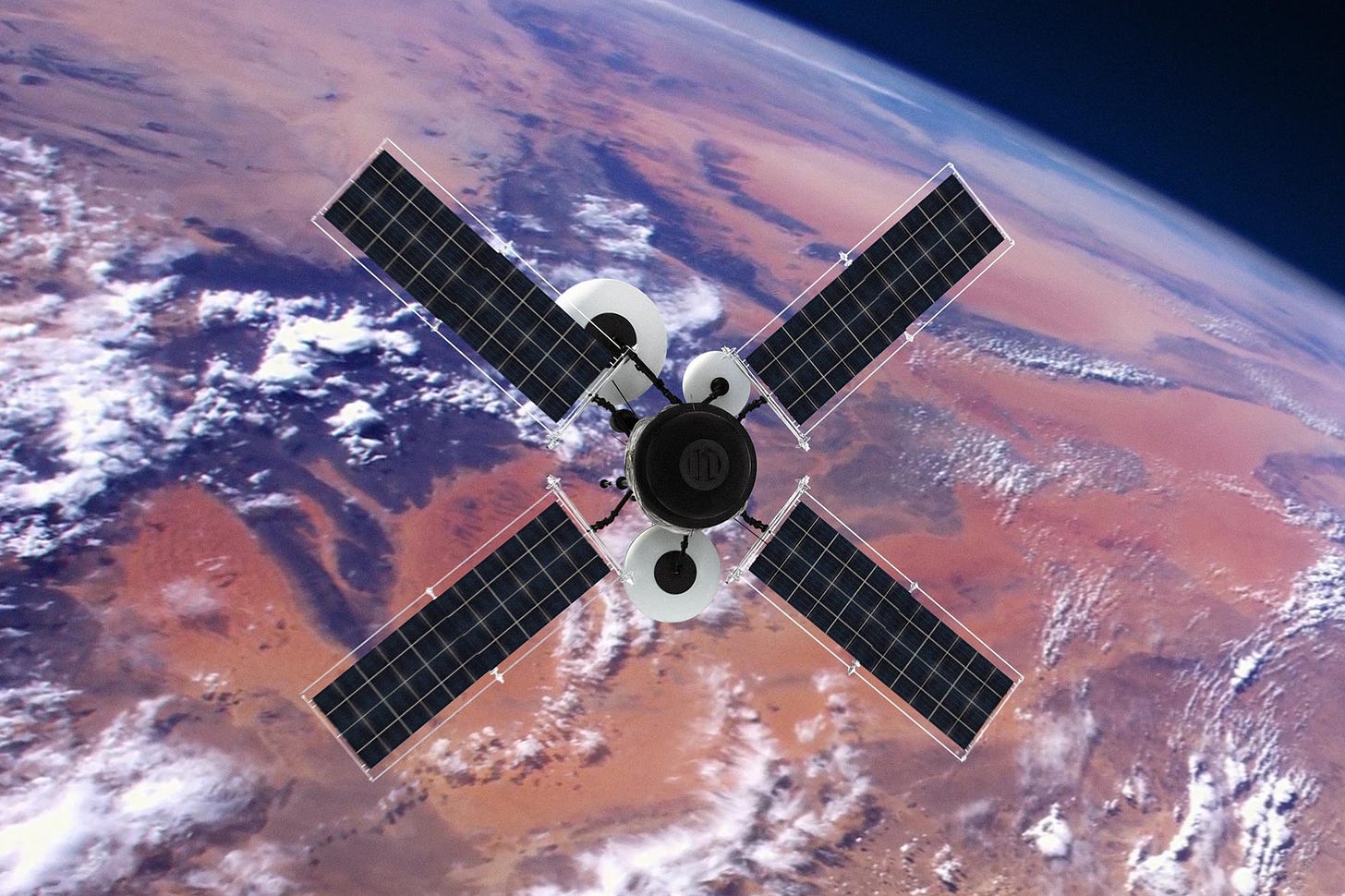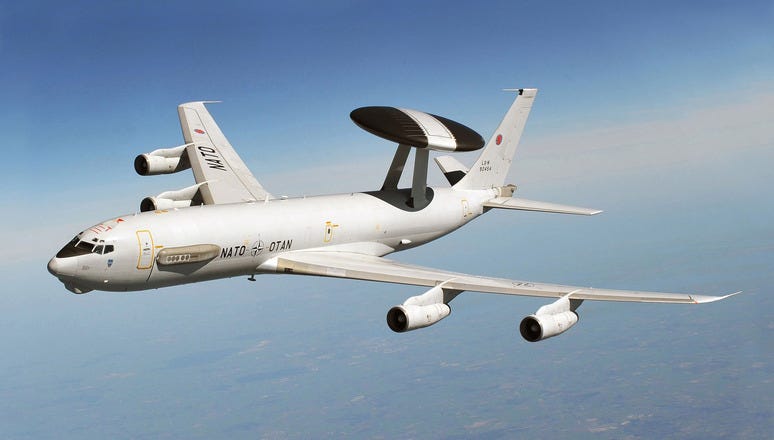U.S. intelligence is worth more than the hundreds of millions in weapons we're providing Ukraine
Those howitzers now on their way to Ukraine would be worthless if all they could do is lob heavy shells into the air only to have them explode in the middle of empty fields of mud and grass. The field artillery and the big guns on Naval vessels and air force bombers call it target acquisition. You need two things in order for any weapon to be effective: you need a target and you need its precise location.
That’s why intelligence is so important, why it’s worth more than the weapons themselves. Specificity is everything. I remember from my artillery training at West Point that the first thing you had to provide in a fire mission was the target: troop concentration on open ground! Armored vehicles in a column! Sniper position on second floor of a concrete building! Overhead protected crew-operated machine gun! The fire direction center couldn’t call for a fire mission without a specific target because 105 mm or 155 mm howitzers can fire multiple kinds of munitions for different targets: high explosive point detonating, air-burst anti-personnel, armor piercing, these days even fin-stabilized GPS guided munitions. The same is true of munitions fired from drones, aircraft, and naval vessels. You can’t fire a guided missile or artillery round unless you have something to which it is guided.
NBC News revealed yesterday that since before the war began in February, we have been providing highly specific, enormously valuable intelligence about Russian intentions, the positions of Russian army units, troop and armor movements, the flight paths of specific Russian military aircraft, even “exactly when and where Russian missiles and bombs were intended to strike, prompting Ukraine to move air defenses and aircraft out of harm’s way.” Much of the intelligence is being provided in “real time,” which means that it is given to the Ukrainian military in time for it to be “actionable,” as it’s said. NBC reported that early in the war, U.S. intelligence “paved the way” for Ukraine to shoot down a Russian transport aircraft carrying hundreds of troops during an assault on an airport near Kyiv.
U.S. intelligence also helped Ukraine to reposition its air defenses in advance of strikes by Russian air force fighters. “The Russian military has literally been cratering empty fields where air defenses were once set up,” one U.S. official told NBC. “It has had an enormous impact on the Russian military’s ability on the ground.”
Let me tell you what this means in military-speak, and then plain English: We (the U.S.) apparently have satellites with AWACS ability. AWACS stands for Airborne Warning and Control System. In the past it was a Boeing 707 airframe outfitted by the Air Force with a gigantic antenna, as illustrated here:
AWACS intelligence is used to detect and discriminate between friendly and enemy aircraft, ground forces, vehicles, incoming missiles and other projectiles and give warning to friendly forces before enemy weapons or forces can strike. AWACS is used to control the battlespace in the skies and are also used for ground surveillance and BMC2, battle management command and control for friendly forces. The older AWACS planes fly high above the battlefield where a conflict is taking place, and because of advanced capabilities, can use “side-looking” radar to observe ground it is not flying directly above.
Ukraine is a large enough country that the only battlespace a U.S. or NATO AWACS plane could “see” flying above, say, Poland or Hungary would be in the far west, near Lviv, for example. But the Russian cargo jet Ukraine shot down was attempting to land at the Hostomel airport, north and a little west of Kyiv. That means the Russian plane was located and targeted using what appears to be U.S. satellite AWACS capability rather than the older AWACS aircraft.
The same is true for Ukrainian air defenses which NBC reported were moved at the behest of U.S. intelligence before they were struck by Russian missiles or air force attack missions. Our satellites could apparently “see” Russian missiles before they hit, or even as they were being readied to fire.
It was fairly obvious early in the war from the appearance of commercial satellite images of the famous 40-mile convoy that our intelligence services had to be seeing the same convoy from their satellites, albeit with far more detailed imaging. Later, it emerged that Ukrainian military units had been able to strike that convoy and other Russian armored columns using anti-tank rockets and RPG-7 rocket propelled grenades. Those convoys were apparently targeted with the aid of U.S. satellite surveillance which was capable of providing the Ukrainian military with their exact locations, direction, speed and probably a count of the troop strength associated with each convoy. Ukraine is claiming to have destroyed more than 680 Russian tanks and over 1,000 armored personnel carriers since the war began. So many destroyed, burned out tanks and other combat vehicles litter Ukrainian roadsides that it has become a story: https://www.washingtonpost.com/world/2022/04/27/ukraine-tanks-roadside-attraction/
NBC reported yesterday that they were “withholding some specific details that the network confirmed about the intelligence sharing at the request of U.S. military and intelligence officials” because revealing details about intelligence operations could help Russians conceal future combat operations. But it’s clear that U.S. intelligence satellite capabilities are far more advanced than previously known. There have been stories about Ukrainian air-defenses shooting down Russian cruise missiles before they could hit their targets. Whether older Russian air defense systems or more modern ones provided recently by the West, all air defense systems rely on stationary radars to detect incoming aircraft and weapons such as cruise missiles. But it’s pretty obvious that our satellites can “see” Russian cruise missiles from the time they are fired, usually from naval vessels in the Black Sea, and track them so accurately they can provide real-time location data to Ukrainians manning the air defenses around major cities being targeted. It is not known how many Russian cruise missiles have been shot down, but any number at all would provide a significant advantage to Ukraine in fighting the war.
It's my best guess that every Russian movement of troops, armor vehicles, weapons, fuel trucks and other resupply transports are being monitored moment-to-moment by U.S. satellites. I think Ukraine knows exactly where Russian units are, where they’re going, what their strength is, how many troops are involved – in short, Ukraine has the kind of intelligence necessary for them to do what they have already done: stymie Russia’s assault on Kyiv, stall their attacks elsewhere, and hinder the enemy’s ability to resupply the forces they have on the ground. It is why Russian forces were forced in recent weeks to turn around and head back to Russia and Belarus to reorganize, reinforce, and resupply themselves after being hit hard by Ukrainian military and irregular forces in the opening weeks of the war.
Now there are reports that Ukraine is making strikes deeper into Russian territory, probably hitting ammunition depots and troop and armor concentrations being readied to attack eastern Ukraine. There is only one way Ukraine could know where to send its drones and cruise missiles it is known to have obtained from Turkey: U.S. intelligence agencies are telling them when and where to strike, and very likely, with which weapons.
Budgets for U.S. intelligence agencies are typically buried within the larger defense budget and not broken down to keep foreign and enemy nations guessing about how much we’re spending on the CIA, NSA, and other intelligence gathering. They’re telling us how much we’re spending on the weapons we’ve provided to Ukraine, but I can assure you that the intelligence we’re giving them every day is worth at least that much and maybe more.





True enough. Then there's the collateral benefit of destabilizing Putin's relationships with the SVR: denial and paranoia are Putin's trademarks; who's to say there's not a mole in the Kremlin? ;)
Marvelous and detailed. You make the NY Times look weak. Thank you Sir.